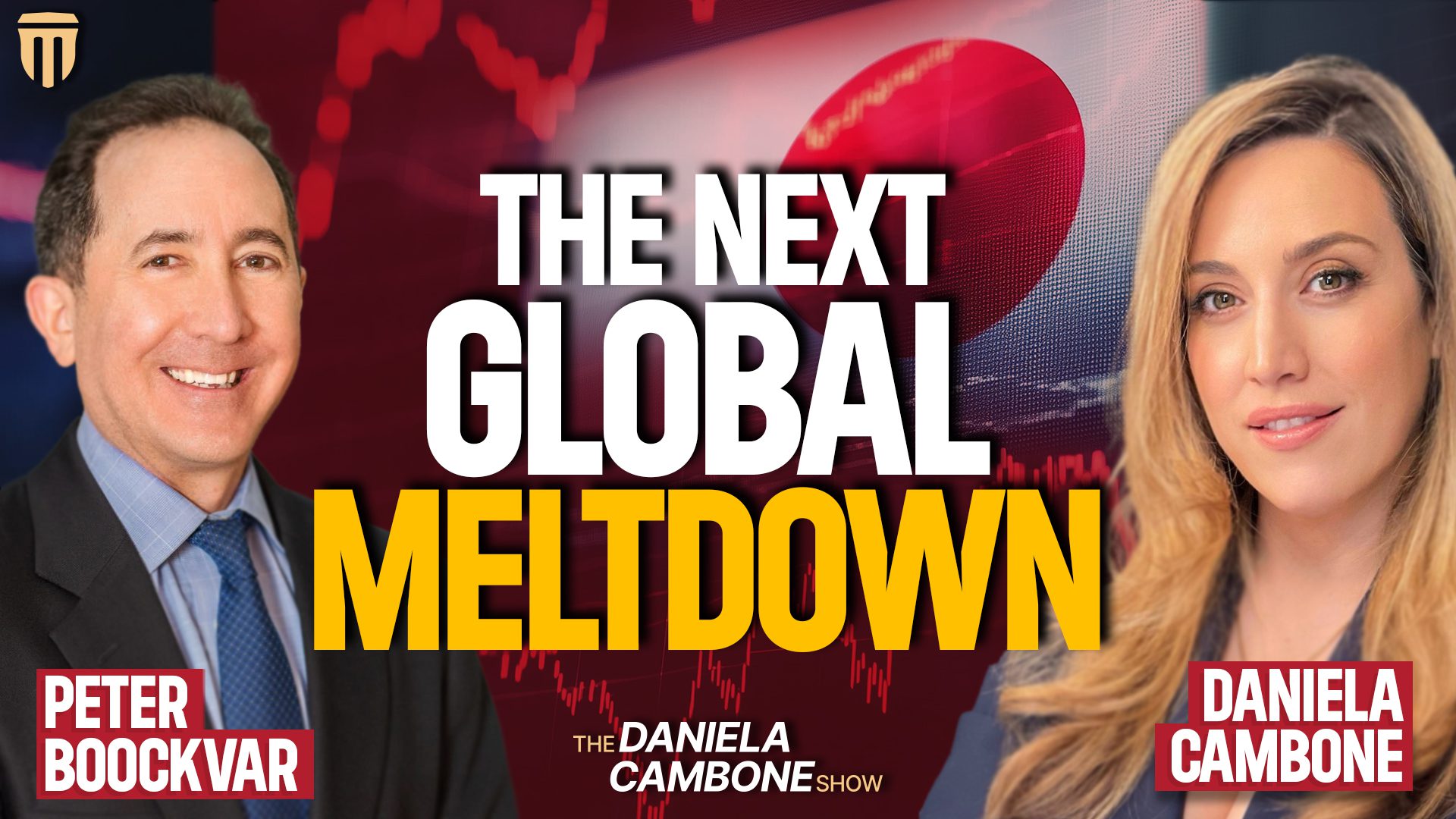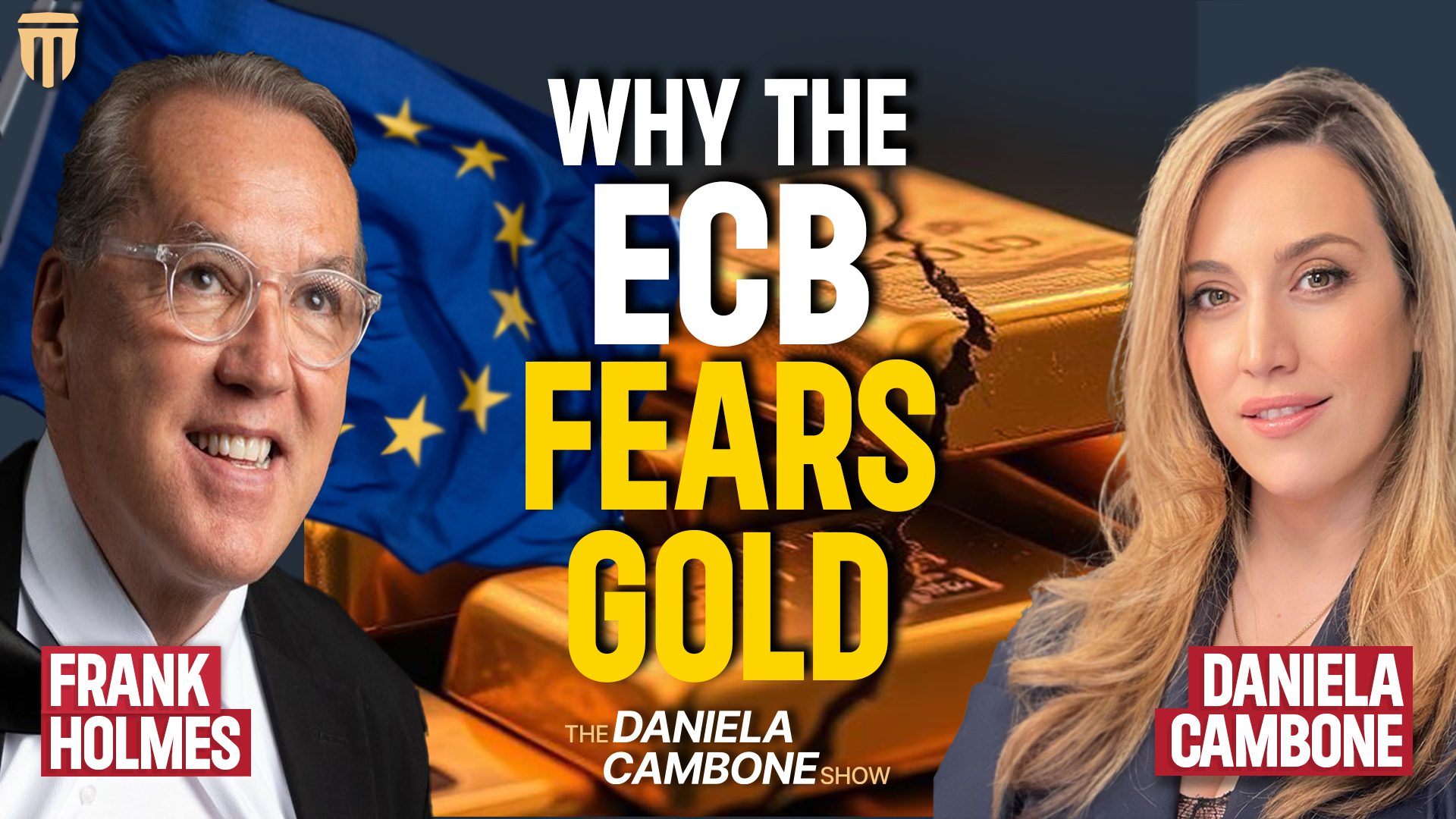Historical Gold Prices

Gold has been a trusted medium of exchange for thousands of years, yet its value has only been reflected in currencies, such as the US dollar, in the relatively modern era.
Until the advent of modern economics, gold was recognized as the ultimate form of real money and therefore there was no real need to express its value on a minute by minute basis in terms of dollars, pounds sterling, francs or any other man-made artificial currency.
This was largely changed as World War II neared its end and the allied nations sought to shape what the world economy and financial system might look like in its aftermath.
At a conference held in 1944 in Bretton Woods, New Hampshire, representatives of dozens of allied nations met and one of the outcomes was to establish a gold standard with the price of gold pegged at $35 per ounce.
As a result of that mechanism, the price of gold remained fixed at $35 per ounce for many years.
This all began to change with the onset of high inflation in the late 1960s when the price of gold began to be quoted in various markets at over the $35 per ounce peg. In 1971 President Richard Nixon ended the convertibility of the US dollar to gold. The change was completed on the very last day of 1974 when President Gerald R. Ford signed into law a bill once again granting to US citizens the right to own gold.
As a result of this move, demand for gold flourished and the price of gold became extremely active.
By the end of 1975, the price of gold was trading at around $160 per ounce in New York.
The price of gold really began to flourish in the economic and political turmoil of the late 1970s. In 1979, the price of gold averaged over $300 per ounce.
By the end of the decade of the 1970s gold, which had started the decade fixed at $35 per ounce, exceeded $800 per ounce at the outset of 1980.
The market for gold remained active in the ensuing decades, yet, despite widespread expectations, gold fell back from its $800+ peak in early 1980 and never again approached that level until well into the first decade of the 21st century.
Gold remained in a range for most of the 1980s, with two spikes brought about by weakness in the US dollar. In the post Bretton Woods era, gold has often been seen as a counterweight to the US dollar, rising when the dollar was weak and falling during periods of relative dollar strength.
From 1982-1983 and 1987-1988, weakness in the dollar pushed the price of an ounce of gold well into the $400s, even briefly exceeding $500 per ounce in the wake of the 1987 stock market crash and stock bear market.
But for the most part, the renewed confidence in America and advances in the US stock market during the Reagan era kept the “crisis commodity” in the $300 range. This continued in the 1990s with the peace and prosperity of the post Cold War era.
The breakout from this $300 range was actually to the downside in the late 1990s. In 1998 the price of gold fell below $300 and stayed there until after the September 11th terrorist attacks in 2001.
This marked the beginning of the current multi-year bull market in gold, with gold responding to global economic and political uncertainty, culminating in gold hitting $1,000 per ounce as the US monetary and economic system came under immense stress in late 2008.
Gold’s role as a safe haven and portfolio diversifier has been completely re-established at this point in time and as of this writing, gold sits near an all-time high of over $1,046 per ounce.














